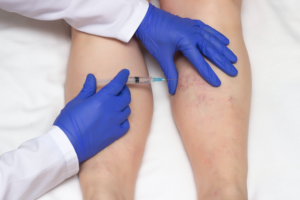 As we age many of us begin to notice small changes in our bodies. If your parents or grandparents had varicose veins or spider veins in their legs you are more likely to develop them as well. Genetics is not the only factor though. Lifestyle also plays a big part.
As we age many of us begin to notice small changes in our bodies. If your parents or grandparents had varicose veins or spider veins in their legs you are more likely to develop them as well. Genetics is not the only factor though. Lifestyle also plays a big part.
If you have visibly noticeable small veins that resemble a spider web you likely have telangiectasia, a lesser form of varicose veins or vein disease. While not usually painful, if not treated they tend to start out in a small location and spread fairly quickly.
Sclerotherapy is the main go to treatment for combatting telangiectasis. Sclerotherapy is used on spider veins as well as small superficial varicose veins appearing on the legs. They may also appear (though less commonly) on other parts of the body as well.
What Is Sclerotherapy?
Sclerotherapy is injection therapy using a very thin 32 gauge needle and a solution to chemically treat specific areas where vein damage exists. The injected chemicals collapse the blood vessel. This takes place within only a few seconds taking effect immediately. The doctor can see it working as they proceed. Sclerotherapy typically takes from 1 to 6 treatment sessions to reach the fading level desired for the treated veins.
Thanks to the natural adaptive healing processes of the human body the blood is simply re-routed to other healthy veins that can easily take on the extra flow while the spider veins fade from view gradually over a period of several weeks due to nonuse and reabsorption.
This procedure is performed using the smallest gauge needle made in order to minimize the sensation of an injection. Most patients are pleasantly surprised when they experience just how painless modern sclerotherapy actually is. Even if you are needle phobic this procedure has been said to be a breeze.
The Doctor’s Suggestion: Wear graduated compression stockings immediately after treatment for up to a week or more. The main benefit is, of course, the look of your legs. No longer encumbered by purplish blue lines sclerotherapy may also help improve annoyance symptoms sometimes linked to spider veins, such as itching, aching, burning and nighttime cramps. If you have tried sclerotherapy in the past and have been unsuccessful in relieving symptoms outside of the visual it could be a sign that deeper veins may need to be treated as well.
It is important to note that there is minimal to no discomfort with this treatment and no downtime.
Sclerotherapy is, so far, the most effective treatment option for spider veins.
Interested to learn more? We are here to help. Give the office of Dr. Mark Zuzga a call today at The West Florida Vein Center of Safety Harbor / Tampa, Florida.
www.westfloridaveincenter.com (727) 712-3233 to set up a consultation and get you on the road to healthier legs.
Most insurance accepted!
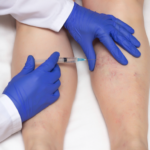

 On the surface, varicose veins might seem like a vanity issue the truth is they are a cosmetic warning sign that something is medically wrong. All varicose veins should be monitored by a Vein Specialist when they begin to present. The sooner you can treat them, the less damage can be done.
On the surface, varicose veins might seem like a vanity issue the truth is they are a cosmetic warning sign that something is medically wrong. All varicose veins should be monitored by a Vein Specialist when they begin to present. The sooner you can treat them, the less damage can be done.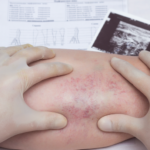
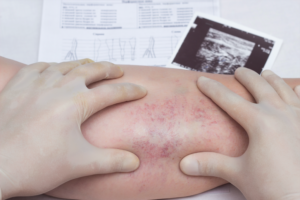 If you suspect you may have vein issues seeking medical attention as soon as possible is the best way to get your legs back to health.
If you suspect you may have vein issues seeking medical attention as soon as possible is the best way to get your legs back to health.
 We have all seen it in the faces of serious hardcore lifetime drinkers. The broken capillaries and swelling nasal features, its a telltale sign of the consumption of too much alcohol over time. This excessive consumption can have a negative effect on your entire circulatory system.
We have all seen it in the faces of serious hardcore lifetime drinkers. The broken capillaries and swelling nasal features, its a telltale sign of the consumption of too much alcohol over time. This excessive consumption can have a negative effect on your entire circulatory system.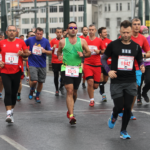
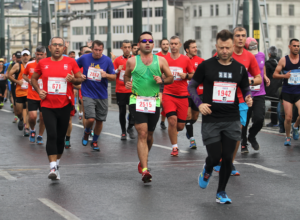 Most of us would never have thought to group the words “Athlete” and “Compression stockings” into one sentence let alone suggest that they might be a good idea to wear during athletic activities. After all, aren’t compression stockings just for little old ladies?
Most of us would never have thought to group the words “Athlete” and “Compression stockings” into one sentence let alone suggest that they might be a good idea to wear during athletic activities. After all, aren’t compression stockings just for little old ladies?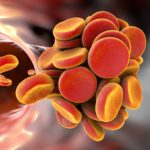
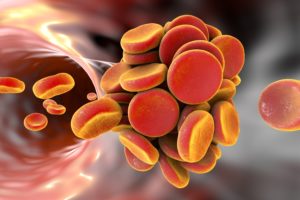 Your heart pumps the blood through your arteries and then returns it to the heart where the process starts again. Blood is constantly flowing throughout the body. When motion and current cease blood can become stagnant, resulting in the possibility of blood clots.
Your heart pumps the blood through your arteries and then returns it to the heart where the process starts again. Blood is constantly flowing throughout the body. When motion and current cease blood can become stagnant, resulting in the possibility of blood clots.
 It’s a fact that as we age our bodies do change. wrinkles and creases may begin to appear, skin loosens, our hair may grey. But what about varicose and spider veins? Many may consider it as well a badge of ageing, but the truth is that spider veins and varicose veins are not simply normal effects of time. They are the result of venous insufficiency. Vein Disease.
It’s a fact that as we age our bodies do change. wrinkles and creases may begin to appear, skin loosens, our hair may grey. But what about varicose and spider veins? Many may consider it as well a badge of ageing, but the truth is that spider veins and varicose veins are not simply normal effects of time. They are the result of venous insufficiency. Vein Disease.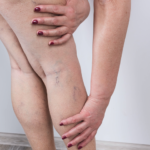
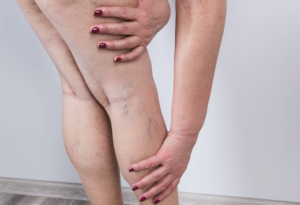 There are several different treatment options for spider veins. The one that stands out is sclerotherapy because it has stood the test of time and remains a top picked favorite of Vein Specialists as well as satisfied patients.
There are several different treatment options for spider veins. The one that stands out is sclerotherapy because it has stood the test of time and remains a top picked favorite of Vein Specialists as well as satisfied patients.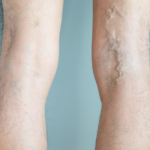
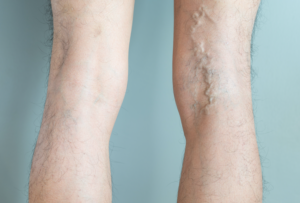 Varicose veins are an issue that most people never talk about.
Varicose veins are an issue that most people never talk about.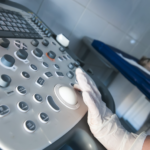
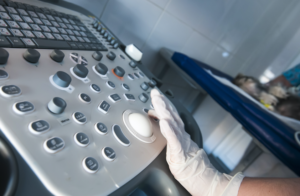 Are you experiencing symptoms?
Are you experiencing symptoms?